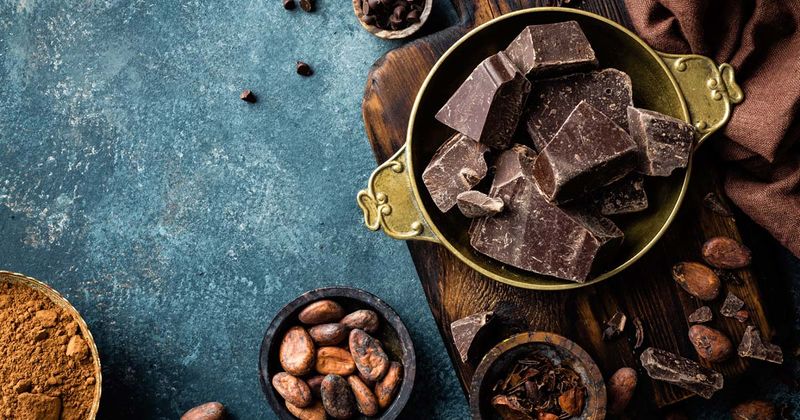Chocolate consumption could intensify acne lesions
Key takeaways:
- Patients who included 50 g of chocolate in an anti-inflammatory diet experienced a significant increase in acne lesions.
- It is unclear what components of chocolate could affect acne severity.
Consumption of chocolate correlated with an increase in acne lesions, even with an anti-inflammatory diet, according to a study.
“Diet is one of the factors associated with the pathology of skin lesions,” Magdalena Daszkiewicz, PhD, of the 5D Cosmetology and Aesthetic Medicine Clinic in Wroclaw, Poland, and colleagues wrote. “The appearance of acne lesions in some populations after changing from a non-processed diet to a Western diet suggests that dietary modifications may play an important role in the pathogenesis of acne.”

Researchers conducted a crossover study of 92 patients with acne lesions who had not been treated with antibiotics, steroids or retinol for at least 6 months before the first exam.
Patients were split into Group A (n = 51) and Group B (n = 41), and all subjects were instructed to follow an anti-inflammatory diet.
After the first week, Group B was instructed to add 50 g of chocolate with 85% cocoa content per day for 4 weeks, at which time Group A added the chocolate and Group B discontinued the chocolate for another 4 weeks.
The 10-day diet plan included 1,800 kcal, 2,000 kcal or 2,200 kcal plans, depending on the patient’s energy demand. The dietary guidelines were assessed twice during each 4-week period.
It limited dairy products and simple sugars, which are known to worsen acne, and included foods that are high in monounsaturated fatty acids and polyunsaturated fatty acids, vitamins and minerals.
After chocolate was added, acne lesions intensified in Group A from 2.5 ± 0.7 to 3.4 ± 0.8 points on the Investigator’s Static Global Assessment, and from 2.4 ± 0.7 to 3.5 ± 0.6 points in Group B (P < .0001 for both).
A 1-point increase in severity was observed in 34 patients in group A and 30 patients in Group B, whereas a 2-point increase was observed in six and seven patients, respectively. One patient in Group A demonstrated a 3-point increase.
Decreases in acne lesions were found in three patients in Group A, and no change was found in 10 patients total across both groups.
“This study aimed to eliminate dietary factors that, apart from chocolate, may contribute to the exacerbation of acne lesions. Many researchers indicate that specific dietary patterns may influence the severity of acne symptoms, and appropriate dietary modification may complement drug therapy,” the authors wrote. “The obtained results suggest that daily consumption of 50 g of chocolate with 85% cocoa content, even with an anti-inflammatory diet, may intensify acne lesions in this study group. However, it remains unclear which chocolate components and in what amounts may lead to the exacerbation of acne.”

